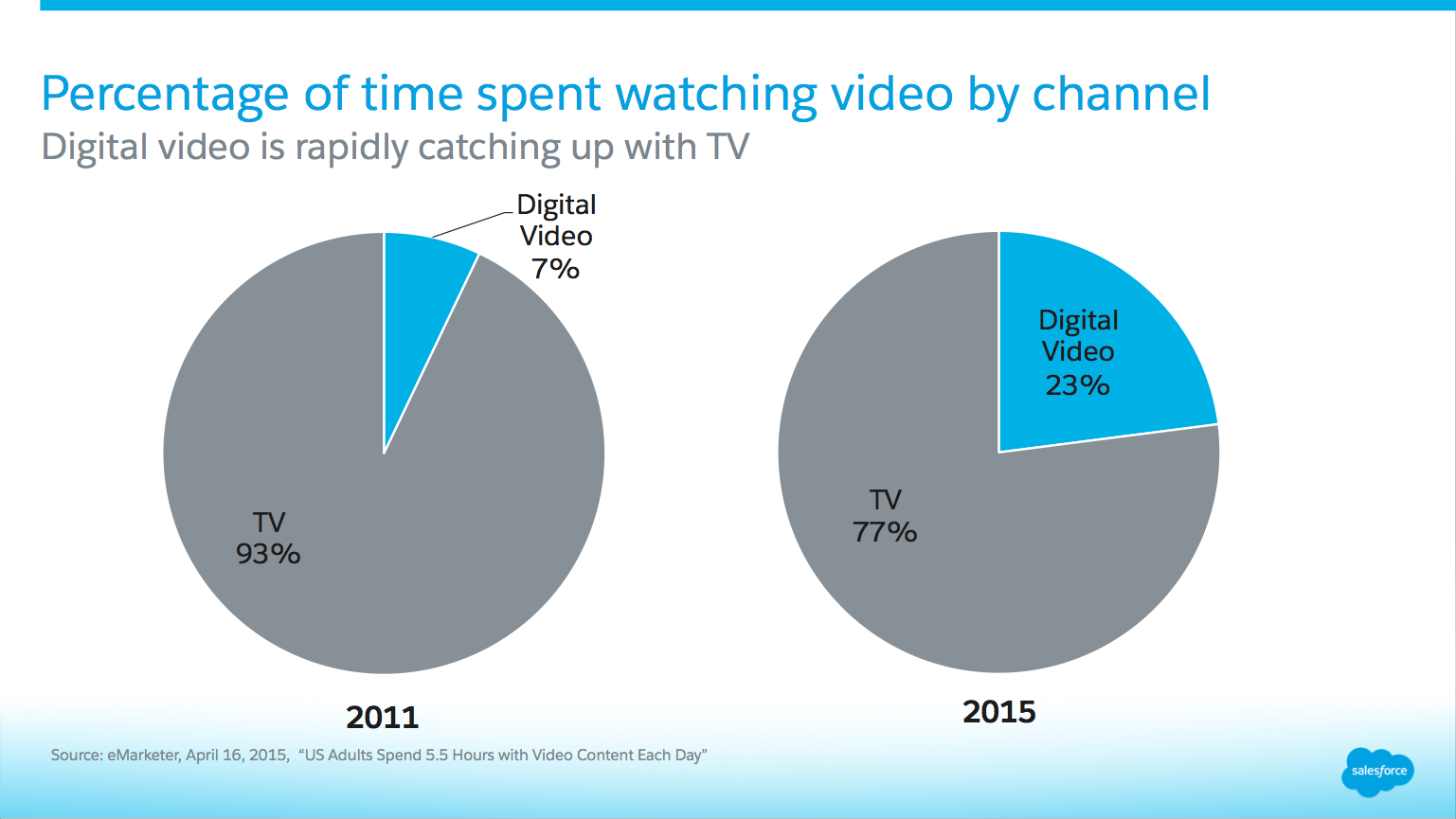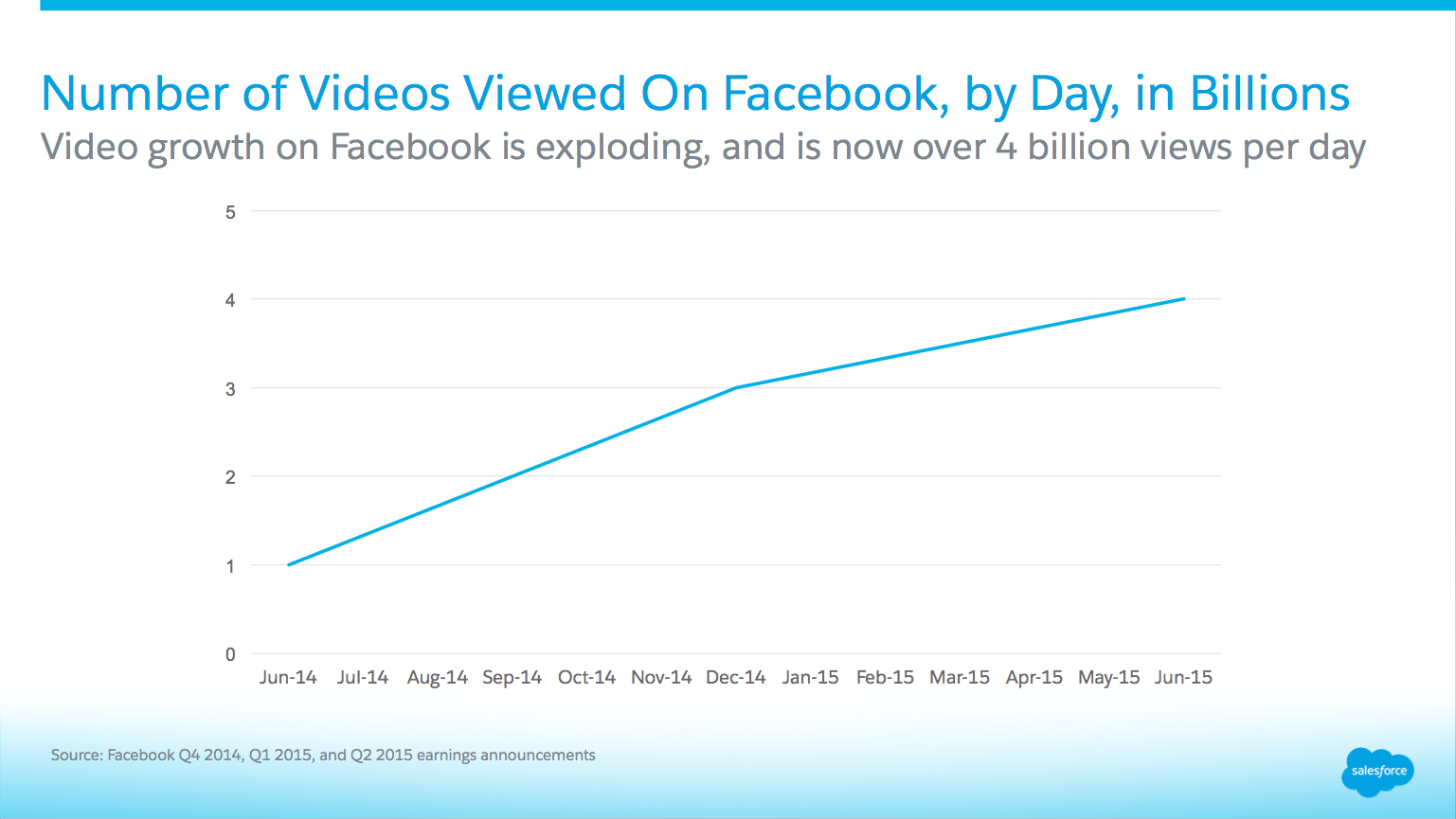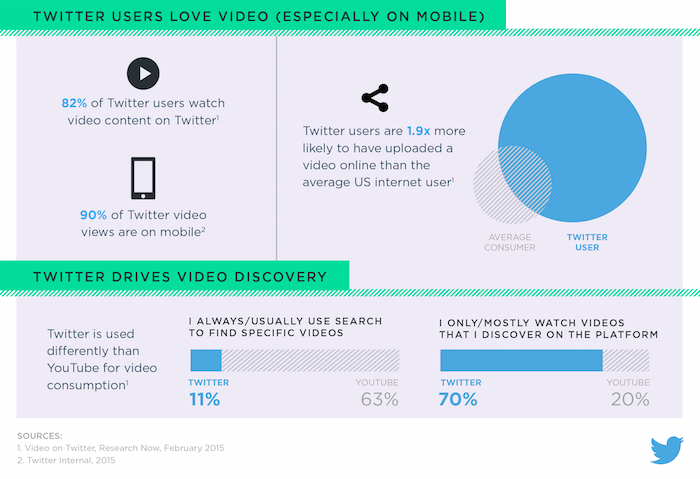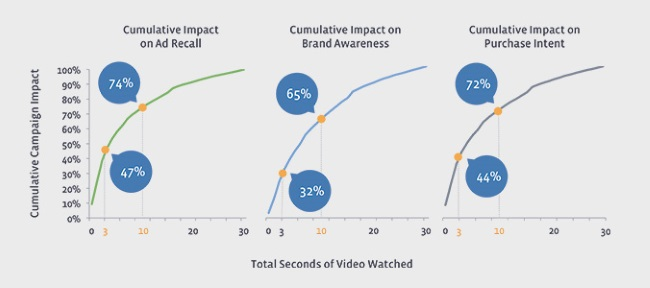
Get your FREE 30-day trial.
Please complete all fields.
Your customers on Facebook and Twitter no longer occasionally consume video content, or using video content as an afterthought. In fact, your customers are now consuming video as a primary reason to use these platforms.
While TV is still the way people consume the most video, in the United States, the gap between TV and online video is narrowing quickly. In 2011, online adults only spent 21 minutes a day watching digital video compared to 4 hours and 35 minutes watching TV. This year, the gap has shrunk to 1:16 of digital video and 4:15 of TV, according to eMarketer.

On Facebook, video is no longer the next big thing, but is today’s big thing. Much like mobile went from an afterthought to the dominant way that people consume content on Facebook today, video is doing the same. As Mark Zuckerberg said in January, “One of the big trends will be the growth of video content on our service,” as he talked about how the platform will look in several years.
During Facebook’s Q2 earnings, they talked about video in detail, and revealed that at that time, there were more than 4 billion videos viewed on the site each and every day. That was up from just one billion video views per day just one year months earlier, in June 2014.

Twitter is also doing a major push for native video, and consumers are responding in a big way. Twitter owns two separate platforms dedicated just video: Vine and Periscope. According to a recent study Twitter did with Research Now, 82% of Twitter users watch video content on Twitter, and 90% of those video views take place on mobile.

Advertisers are responding; video ads on Facebook have exploded in popularity over the last year. Globally, online video ads are expected to grow by 22% this year, and an additional 19% in 2016 according to Carat because they work. This compares to just 3.6% growth for TV advertising. Nielsen found that video advertising has a strong impact on your brand, for ad recall, brand awareness, and purchase intent. In fact, even people who didn't watch the video entirely are positively affected. People who watch for less than three seconds made up a full 47% of the total campaign value, while those who watch less than 10 seconds made up 74%.

This is what we see with our own clients; for example, last year during the World Cup, McDonald’s partnered with the global agency OMD and Salesforce Social.com to run a massive video campaign targeting 37 different European markets over six weeks on Facebook using video. These videos received 6.3 million views, 323 million impressions, and reached 290 million unique people.
OMD and McDonald’s leveraged Facebook’s advanced video metrics to evaluate the success of their campaign, by focusing on both how many people saw any of the video as well as the percentage of people who watched the video all the way to the end. We encourage advertisers to learn from their example and if you haven’t yet, get started using digital video ads today.